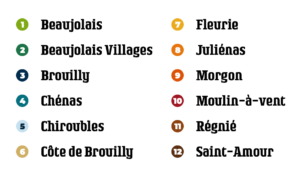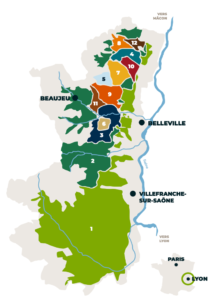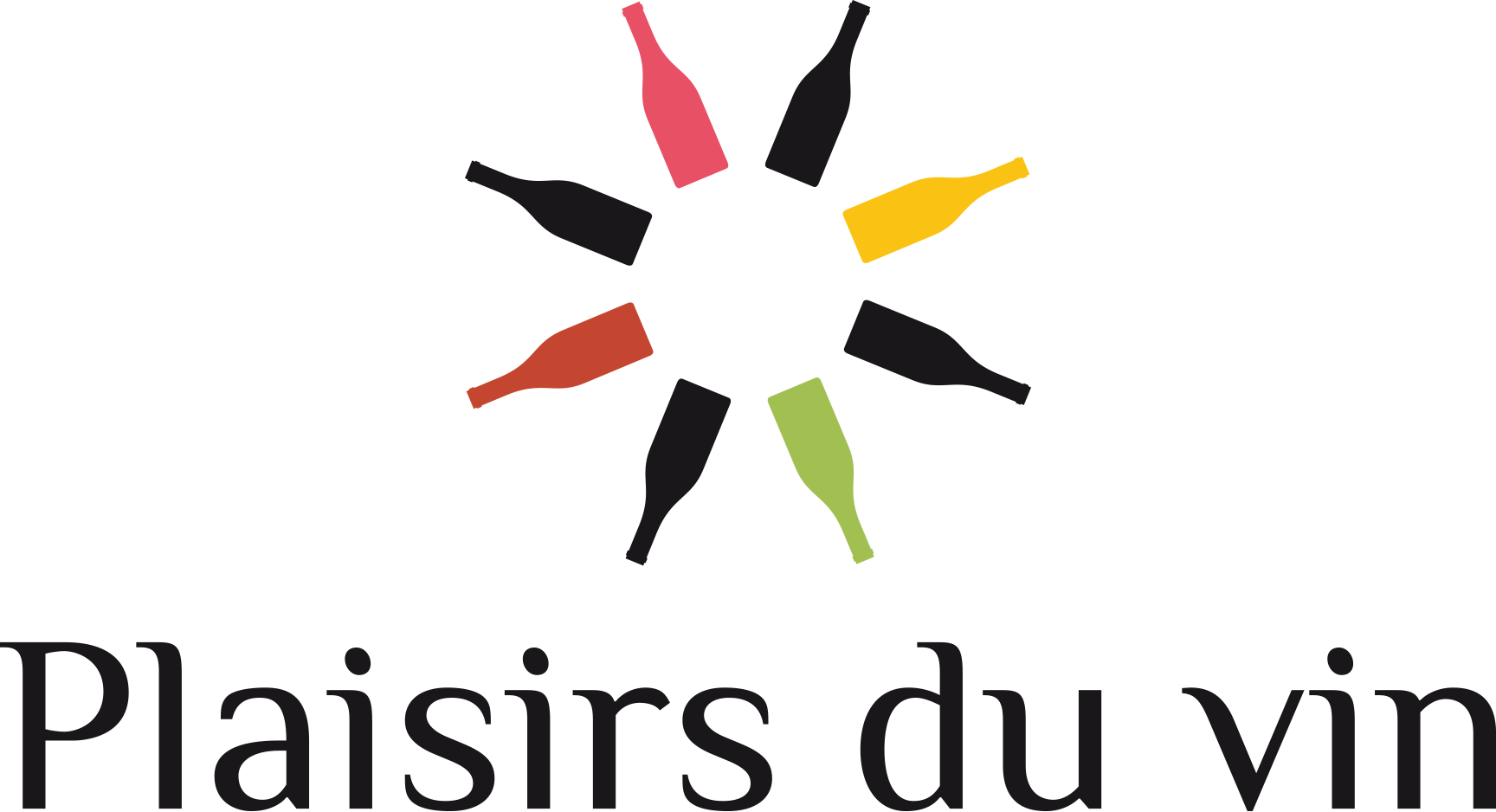
The Beaujolais vineyards roll out their countless hills over 55 kilometers from south to north, backed by the foothills of the Massif Central to the west and the Saône plain to the east. It lies at the gateway to Lyon, less than 30 minutes away by car.
Beaujolais covers a vast area, from the south of Mâcon to the north of Lyon, with nearly 14,500 hectares of vines claimed in the 12 Beaujolais AOCs (5-year average), almost entirely planted to Gamay (97%).
The regional Appellations d’Origine Contrôlée are located in the southern part of the vineyard, while the communal Appellations d’Origine Contrôlée (crus du Beaujolais) are in the north.
Beaujolais flourishes on a diversity of terroirs: in the south of the vineyard, soils are often clay and sometimes limestone, and the landscape is characterized by a succession of rolling hills, whereas in the north, soils are often sandy, half of which are of granitic origin. The characterization of Beaujolais soils has brought to light over 300 soil profiles, which have been described and commented on by geologists to winegrowers, based on soil maps drawn for each of the 12 appellations.
Notoriety, usage, wine quality, sensory characteristics, what distinguishes one lieu-dit from another – these are just some of the elements that reveal the richness of Beaujolais terroirs. Today’s winegrowers have a better understanding of the soils that surround them and that they shape on a daily basis, so they can better preserve them and enhance their labels.



Our Sommelier Team
CATEGORIES
Categories
newsletter
No more posts



